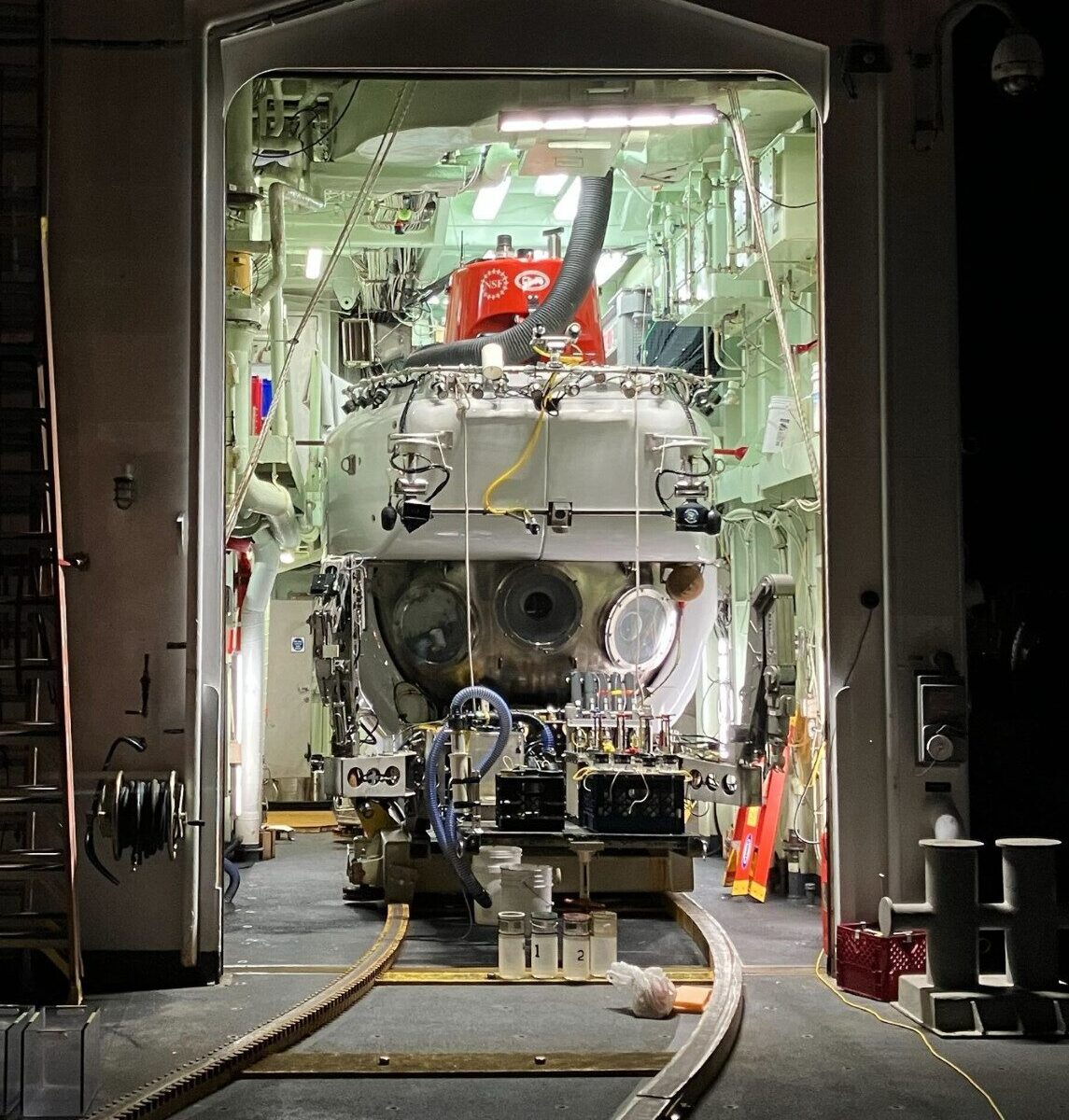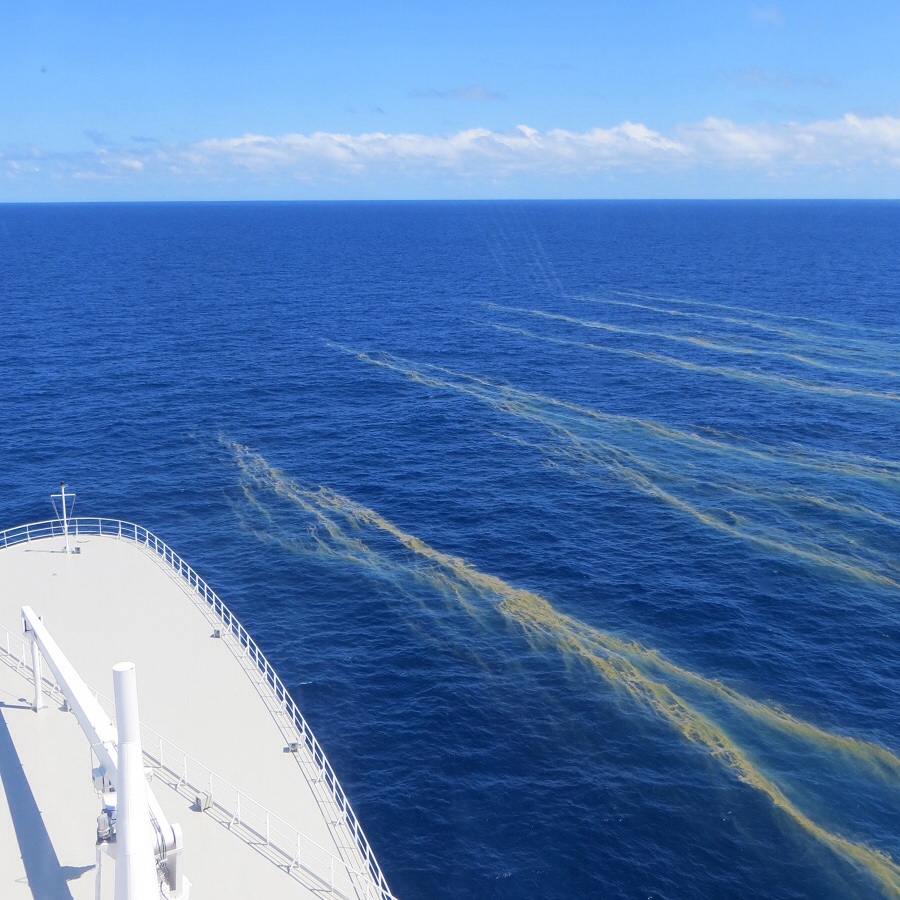Featured Image: Alvin – a submersible Human Occupancy Vehicle (HOV) designed to allow data collection at depths up to 6,500 m below the ocean surface. Featured image courtesy of John Magyar, Caltech.
Authors: Daniela Osorio-Rodriguez, Kyle S. Metcalfe, Shawn E. McGlynn, Hang Yu, Anne E. Dekas, Mark Ellisman, Tom Deerinck, Ludmilla Aristilde, John P. Grotzinger, and Victoria J. Orphan
Maybe one weekend in your life, you found yourself piling into an SUV at 6 AM with seven other students, intermittently registering the drone of an overenthusiastic geology professor whose course you took to fulfill a degree requirement. If so, in that vehicle, the proclamation that “the present is the key to the past” was certainly uttered. A recent study conducted by Daniela Osorio-Rodriguez and collaborators epitomizes the power of those words.
Continue reading “We may find deep-sea microbes resting in tombs they built themselves”

